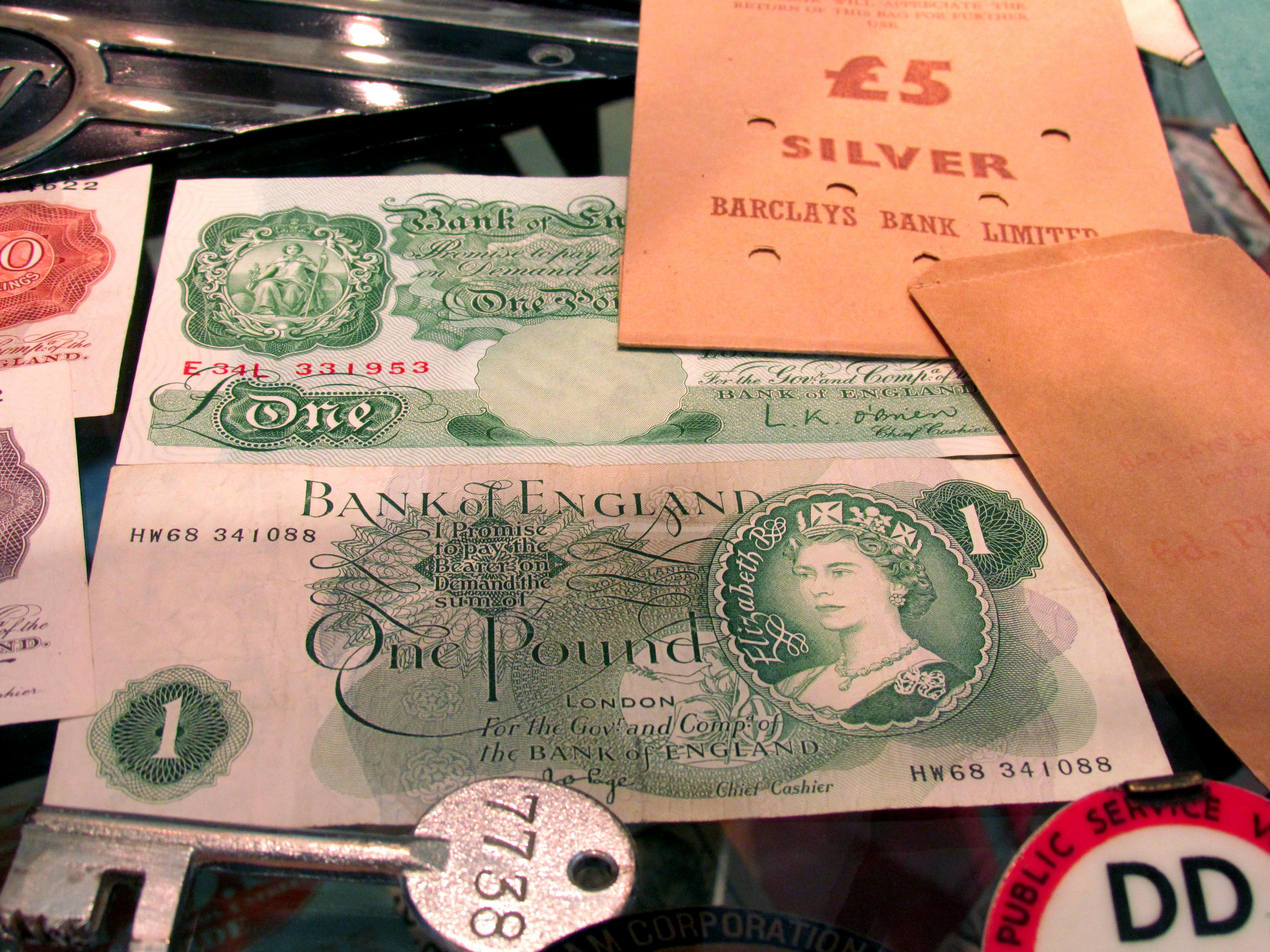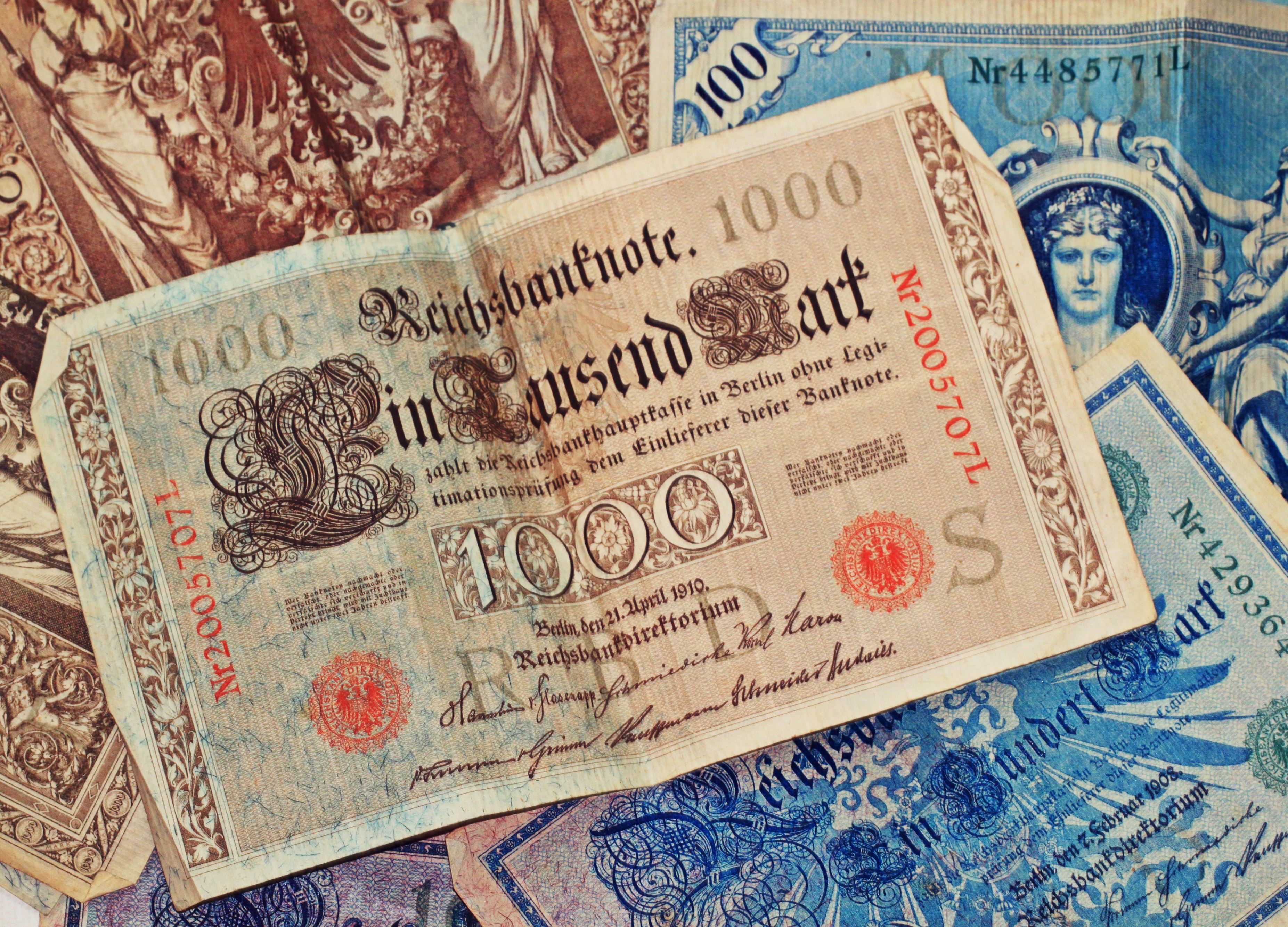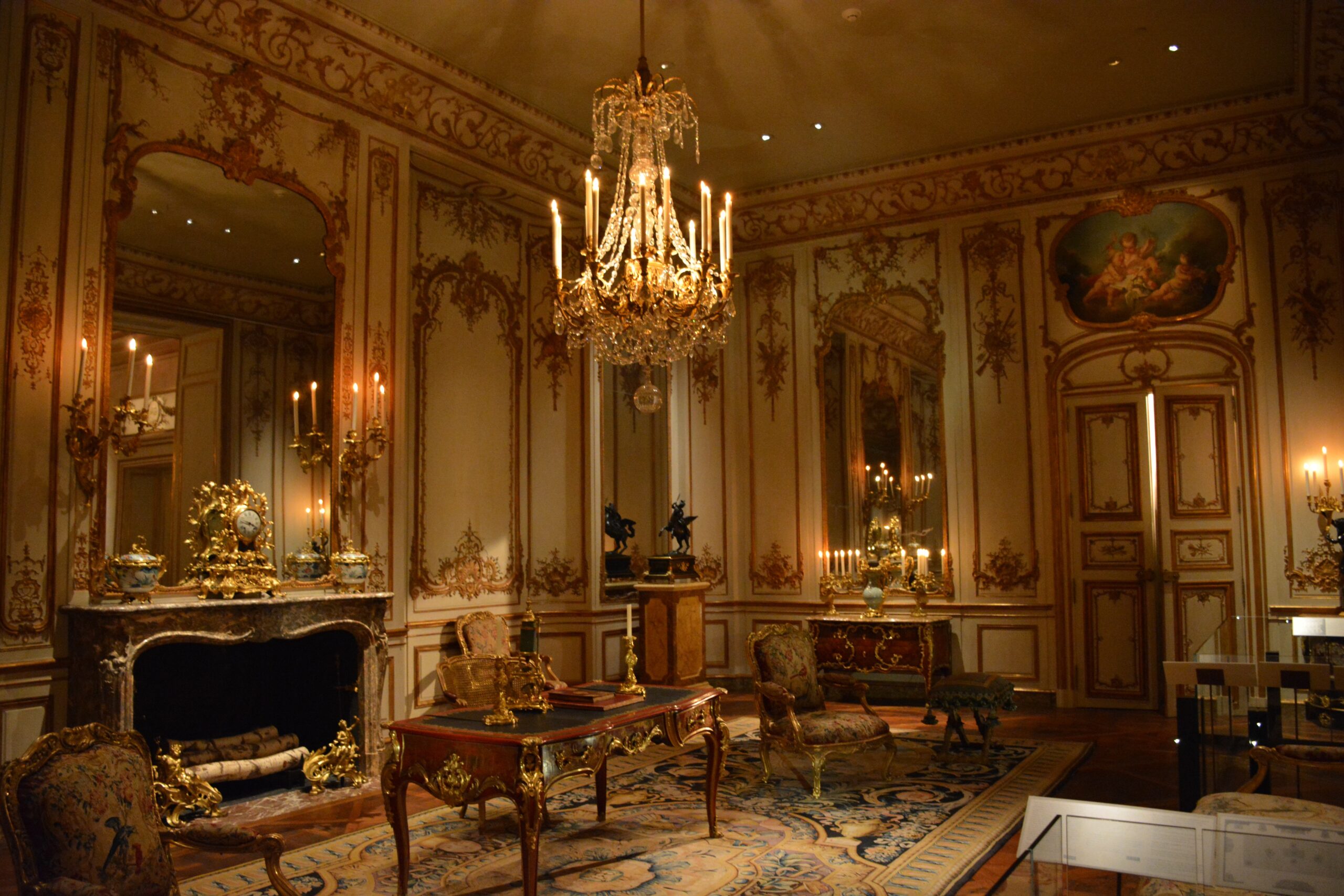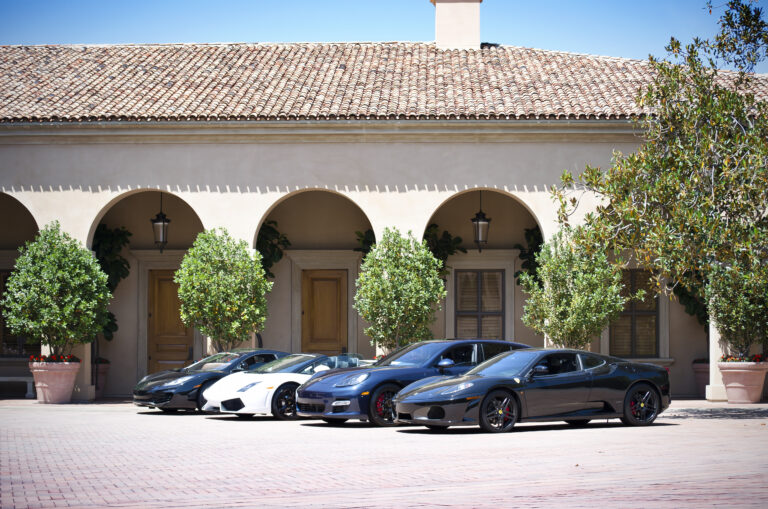What Is Old Money
Understanding the Concept of Old Money
Curious about the notion of Old Money? In simple terms, Old Money refers to wealth that has been passed down through generations. Unlike newly acquired riches, Old Money has a historical legacy and often comes with a sense of tradition. This type of wealth is more than just dollars and cents; it carries with it a certain social and cultural significance. In this article, we’ll delve into the world of Old Money, its characteristics, and why it continues to be a topic of interest in today’s society.
Table of Contents
- The Elegance and Heritage of Old Money Families
- Understanding the Background and Origins of Old Money
- The Cultural Significance and Symbolism of Old Money
- Examining the Lifestyle and Traditions of Old Money
- Preserving Old Money Values in the Modern World
- FAQs
- Concluding Remarks

The Elegance and Heritage of Old Money Families
Step into a world where time seems to stand still, where opulence and refinement are passed down through generations like treasured heirlooms. Old money families, with their rich tapestry of tradition and history, paint a portrait of elegance that captivates the imagination. From the Gilded Age to present day, these families have woven their legacies deeply into the fabric of society, leaving an indelible mark on art, culture, and philanthropy.
- Breathtaking Estates: Explore the sprawling mansions that have stood as steadfast symbols of family wealth. From European-inspired châteaus to grand colonial residences, each detail effortlessly exudes class and sophistication.
- Timeless Style: Witness the enduring allure of fashion that transcends trends. Old money families embrace sartorial elegance with tailored suits, exquisite evening gowns, and carefully curated accessories that become statement pieces.
- Cultural Influence: Delve into the world of renowned collectors, patrons, and tastemakers. Through their support of the arts, museums have been graced with masterpieces, theaters have echoed with the sound of captivating performances, and literature has been enriched by the patronage of iconic writers.
- Legacy of Philanthropy: Discover the profound impact old money families have made through their charitable endeavors. Supporting causes close to their hearts, these families uplift communities, establish scholarship funds, and champion groundbreaking research that changes lives.
Join us on a journey through time, where elegance and heritage converge. Explore the captivating stories and timeless traditions that illuminate the extraordinary lives of old money families, offering a glimpse into a world that remains forever etched in history.
Understanding the Background and Origins of Old Money
Exploring the enigmatic world of old money opens up a tapestry woven with fascinating stories and generations of wealth. Behind the opulent lifestyles and inherited fortunes lie the intricate histories and origins that have shaped these affluent families. From ancient dynasties to influential industrialists, old money has its roots deeply entwined in history. Unearthing its background offers valuable insights into the foundation and evolution of this privileged class. Here are a few captivating aspects to understand about the origins of old money:
- Historical Lineage: Old money often traces its ancestry back hundreds of years, originating from noble families, aristocracy, or descendants of influential figures. These esteemed bloodlines carry with them a sense of tradition and pedigree, grounded in a centuries-old legacy.
- Wealth Accumulation: Many old money families have amassed their fortunes through diverse means beyond mere inheritance. Exploring their origins reveals entrepreneurial endeavours, successful business ventures, and strategic investments that have secured their financial dominance.
- Influence and Society: Old money has carved its presence in societies through enduring influence, philanthropy, and establishing institutions. Understanding their background helps shed light on the pivotal role these affluent families have played in shaping art, culture, politics, and philanthropy throughout history.
In the realm of old money lies a captivating world filled with intriguing tales and deep-rooted connections to a bygone era. By unraveling the background and origins of old money, we gain a glimpse into the captivating story woven behind extravagant wealth and influential families that have left an indelible mark on our world.
The Cultural Significance and Symbolism of Old Money
In many societies, old money represents a sense of heritage, tradition, and status. It carries with it a certain allure and mystique that sets it apart from new money. Old money is often associated with long-established wealthy families who have passed down their wealth from generation to generation, and as such, it carries a deep sense of history and cultural significance. It symbolizes a certain level of refinement, refined tastes, and the ability to effortlessly navigate high society. The possession of old money often grants individuals access to exclusive social circles, prestigious clubs, and elite schools. It is seen as a mark of distinction and respectability, a ticket to an elevated realm of privilege that few can attain. With its dignified demeanor and understated opulence, old money represents a way of life that is steeped in tradition, where wealth is borne out of solid foundations and wealth creation is discreet. It tells a story of endurance, stability, and a commitment to maintaining a certain level of sophistication over time. Old money is not just currency; it is a symbol of a bygone era, where status and lineage mattered, and wealth was built to last.

Examining the Lifestyle and Traditions of Old Money
Delving into the intricate world of the affluent, we uncover the fascinating lifestyle and enduring traditions of Old Money. Defined by generations of accumulated wealth, this elite group upholds a distinct set of values and customs that shape their way of life. With an emphasis on heritage and prestige, Old Money individuals gravitate towards timeless elegance and sophistication.
- Privilege: Esteemed for their lineage, Old Money individuals are born into a world where privilege is a given. This status not only affords them access to esteemed educational institutions and exclusive social circles, but it also comes with a responsibility to uphold the family name and legacy.
- Genteel Etiquette: Polished manners and proper etiquette are second nature to those in the realm of Old Money. From table manners to impeccable grooming, their refined conduct is a testament to their upbringing and an ingrained part of their identity.
- Connoisseurship: Appreciation for art, fine dining, and exquisite craftsmanship is deeply ingrained in the Old Money culture. Their refined taste and discerning eye can be seen in their curated collections, lavishly decorated homes, and exclusive social events.
- Maintaining Traditions: Respecting the past and cherishing ancestral traditions are of utmost importance to those who hold the torch of Old Money. From annual family gatherings to ancestral homes passed down through generations, they cherish the sense of continuity and legacy.
The lifestyle and traditions of Old Money exude a certain allure, illustrating a commitment to preserving history while adapting to changing times. It offers a glimpse into a world where wealth resonates with values, fostering a sophisticated way of life far beyond mere monetary influence.

Preserving Old Money Values in the Modern World
In today’s fast-paced and ever-changing world, it can be challenging to hold onto the values and principles that guided previous generations. However, when it comes to our finances, it becomes even more critical to uphold the timeless wisdom of old money values. These values, rooted in frugality, long-term thinking, and financial responsibility, serve as a compass in navigating the complexities of an increasingly consumer-driven society.
To preserve these values, consider:
Avoiding Instant Gratification: In a world of instant access and impulsive spending, it is essential to exercise restraint and resist the urge to splurge on unnecessary purchases. By prioritizing and carefully assessing our needs versus wants, we can focus on long-term financial goals.
Investing for the Future: Old money values teach us the importance of long-term investing and wealth preservation. Instead of chasing quick gains or the latest fads, we can explore sensible investment opportunities that align with our values and provide stability for the future.
Appreciating the Value of Hard Work: In a culture that often glorifies overnight success, old money values remind us that true wealth stems from hard work, discipline, and perseverance. By preserving a strong work ethic, we can build a solid financial foundation that withstands the test of time.
By embracing these old money values and incorporating them into our modern lives, we can cultivate a secure financial future while also appreciating the lessons passed down through generations.
FAQs
1. What exactly is “Old Money”?
“Old Money” refers to families or individuals who have maintained their wealth and social status over multiple generations. These families are often descendants of early industrialists, entrepreneurs, or wealthy landowners who amassed significant fortunes during previous centuries.
2. How is “Old Money” different from “New Money”?
The main distinction lies in the origins of their wealth. “Old Money” refers to families whose wealth has been passed down through generations, establishing a long-standing legacy. On the other hand, “New Money” refers to individuals or families who have recently acquired vast wealth, often through their own entrepreneurial endeavors or by coming into sudden riches.
3. Is “Old Money” simply inherited wealth?
While inheritance does play a significant role, “Old Money” goes beyond mere inheritance. It encompasses a set of values, traditions, and a deep sense of responsibility towards wealth preservation, societal contributions, and the maintenance of a refined lifestyle. It is a cultural distinction that extends far beyond financial assets.
4. Are “Old Money” families always wealthy?
Yes, being wealthy is an essential characteristic of “Old Money” families. However, it is important to note that the term “Old Money” doesn’t simply connote an enormous bank balance. It also signifies a particular lifestyle, upbringing, and adherence to social customs associated with wealth and privilege.
5. Do “Old Money” families have a distinct influence on society?
Absolutely. Due to their longstanding wealth and social status, “Old Money” families often hold considerable influence in various spheres, such as politics, arts, philanthropy, and higher education. They have the resources and connections to shape the communities around them, leaving a lasting impact on the institutions they support.
6. Can someone become part of the “Old Money” elite?
While it is incredibly rare for an individual or family to suddenly transition into the “Old Money” elite, it is not entirely impossible. Marrying into an “Old Money” family or establishing relationships based on trust, shared values, and mutual interests could potentially lead to integration into this prestigious social circle. However, becoming a part of “Old Money” often requires time, generations of wealth, and a meticulous preservation of certain customs and traditions.
7. Are there any downsides to being part of “Old Money”?
Like any circumstances, being part of the “Old Money” elite comes with its own unique challenges and pressures. Heavy expectations to maintain a certain standard of living, societal obligations, and the constant scrutiny from outsiders can sometimes be overwhelming. Additionally, navigating the fine line between preserving tradition and adapting to a rapidly changing world can be quite demanding.
8. Does “Old Money” influence persist in modern times?
Certainly! While the influence of “Old Money” may have evolved over the years, these families continue to hold immense sway in many aspects of society. Their contributions to philanthropy, art patronage, and public service often endure, ensuring that their presence remains visible and impactful.
In conclusion, “Old Money” is not just about the wealth inherited by families but encompasses a unique set of values, traditions, and a responsibility towards wealth preservation and societal impact. It represents a cultural legacy passed down through the generations, shaping both the individuals within these families and the broader society they influence.
Key Takeaways
In a world where wealth is often sought after and flaunted, whispers of a different kind of privilege echo through the pages of history. Old money, a realm where lineage and tradition reign supreme, captures our imagination with its mysteries, secrets, and tales of opulence handed down through generations.
Unveiling the enigma that is old money, we have journeyed through the vaulted corridors of aristocracy, catching glimpses of exquisite mansions that have stood the test of time, adorned with sprawling gardens and portraits of ancestors long gone. Through the golden archways of prestigious universities, we have witnessed the legacy of educational excellence, where the privileged few are nurtured and groomed for success from the moment they draw their first breath.
And yet, amidst the gilded glitz and tales of grandeur, lies a more complex narrative. Old money is not simply about towering estates or fancy titles, but about the intertwined threads of fate and fortune, woven together by generations past. It represents a way of life founded on privilege, where a family’s name carries weight, doors open, and connections lead to opportunities unseen by the common eye.
But old money is not without its quandaries and burdens. It carries the weight of responsibility, the pressure to uphold the family legacy and the expectations of society. It is a constant dance between preserving tradition and embracing change, a delicate balance that weaves the tapestry of old money into the present day.
In a world that often celebrates the “self-made” billionaire, the concept of old money may seem antiquated, reminiscent of a bygone era. But it is important to understand its place in our history, for it offers a glimpse into a realm where wealth is not acquired, but lived. It reminds us that privilege can hold both power and responsibility, and that behind every lineage lies stories of triumphs, failures, and the enduring quest for prosperity.
So as we bid farewell to the realm of old money, we marvel at the tales we have uncovered. Its allure, though shrouded in mystery, has captivated our imagination, leaving us yearning for a deeper understanding of the complex web of wealth, inheritance, and social echelons. And perhaps, as we navigate a world defined by evolving definitions of success, old money serves as a reminder that the true worth of a legacy lies not in its material possessions, but in the timeless lessons passed down from generation to generation, forever etching their mark on the tapestry of history.







